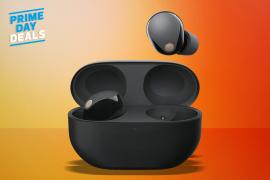I met the people behind the Sony WH-1000XM6: inside the making of its most advanced headphones yet
We spoke to Sony’s engineers, designers, and mastering experts to uncover the secret sauce behind the WH-1000XM6’s five-star performance
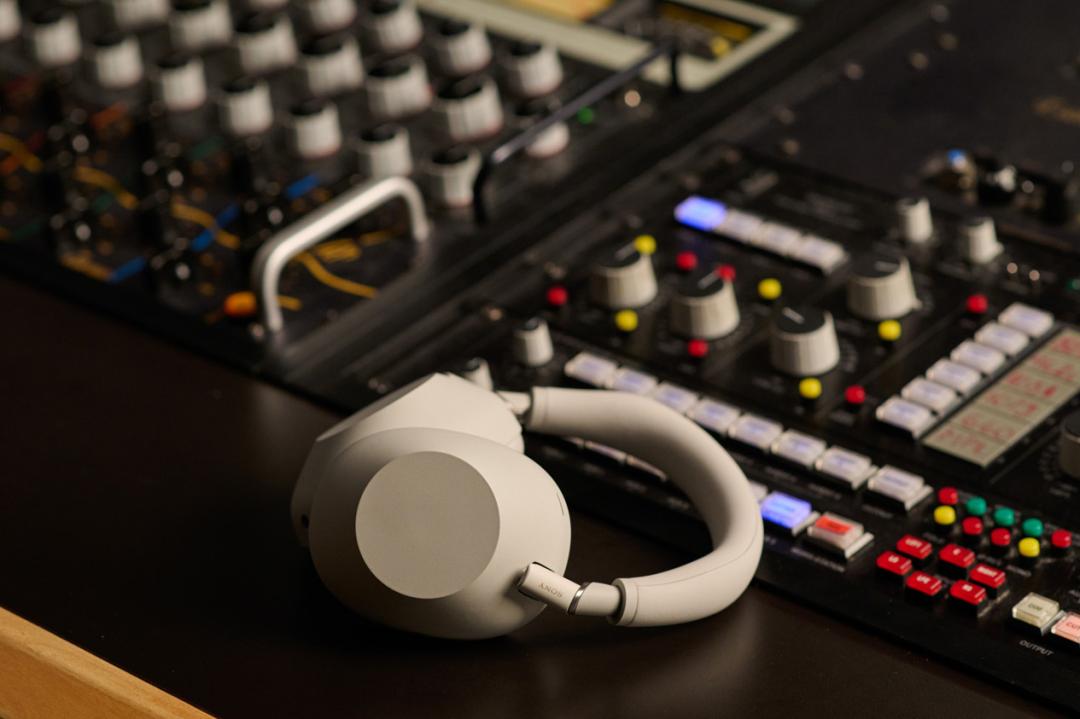
The Sony WH-1000XM6 headphones aren’t designed for audio obsessives. At least, not exclusively. They’re also made for commuters, remote workers, casual gamers, frequent flyers, and anyone who wants great sound — and noise cancellation — with minimal faff.
And it’s precisely this versatility that makes them interesting. Because, as it turns out, they weren’t easy to make. At a press event held at Sony’s slick 5020 Studios in Madrid, the company pulled back the curtain on how the WH-1000XM6 came to be. What emerged was a picture of a product shaped as much by collaboration, restraint, and problem-solving as by cutting-edge innovation, worthy of topping our list of the best headphones.
Shaping the sound
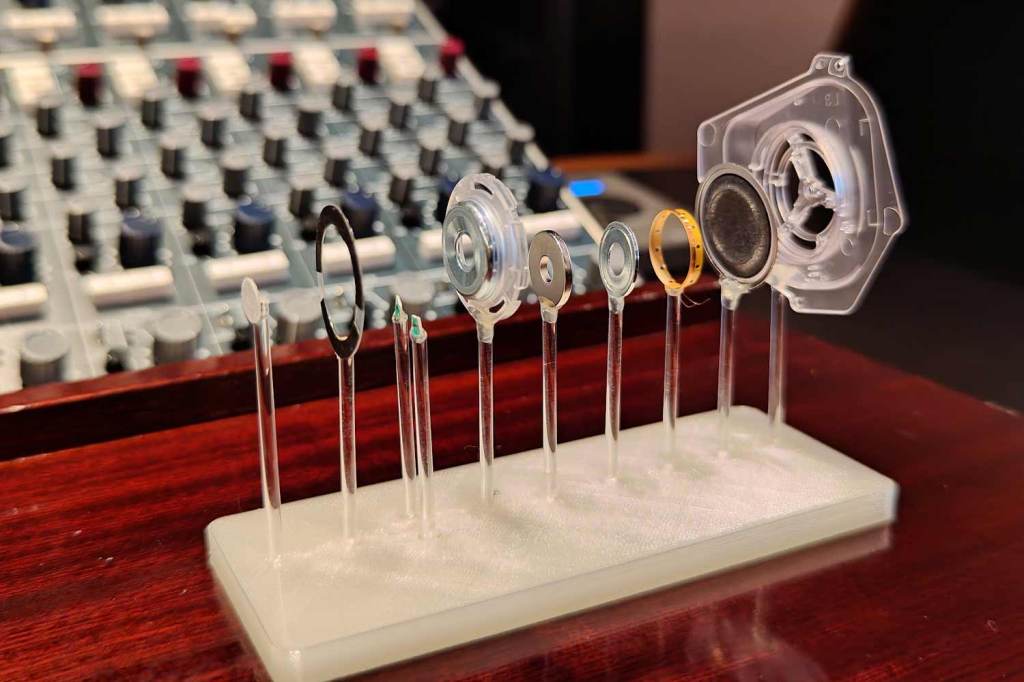
The sound of the WH-1000XM6 wasn’t grown in a sterile lab. It came from repeated sessions between Sony’s engineers and mastering engineer Mike Piacentini, who works at Sony Music’s Battery Studios in New York.
Having mastered records for artists including Bob Dylan, Depeche Mode, Rage Against the Machine, and more, Piacentini’s job was to help tune the XM6 so that they sound good with any genre, on any pair of ears — a task that’s easier said than done.
“Koji’s team came over twice,” Piacentini said, referring to Sony audio engineer Koji Takamura. “They brought prototypes — different driver designs, different tuning profiles — and we just listened. We’d sit in my room, compare them to other headphones, my speaker setup, and argue about EQ. That’s kind of the job.”
He wasn’t just tweaking software presets. “They’d come back after I gave them notes and literally change the physical design — airflow, diaphragm shape, materials,” he said. “Like, I’d say ‘make the snare pop a bit more,’ and a few weeks later they’d show up with a totally reworked prototype that actually did it. It’s always impressive how they turn abstract EQ feedback into real, physical changes.”
Takamura explained that the XM6’s 30mm driver is structurally similar to the one found in the XM5, but with key upgrades. “The dome is carbon fibre composite — more rigid now — so the high frequency response is more natural and clean,” he said. “The diaphragm edge is soft, and we added airflow holes in the bobbin to make the sound smoother and more natural.”
Unlike professional-grade studio headphones used by producers and sound engineers (where the goal is to use the flattest, most clinical-sounding pair of headphones possible), designing a pair of consumer headphones is a different beast entirely. “With studio headphones, you know who you’re building for. With these, you don’t. They’ll be used by people listening to everything from Dylan to EDM. So it’s about making smart compromises that still feel musical.”
Piacentini also spoke about the reference material used in testing — a tight selection of tracks he either worked on directly or knew intimately. “You listen to the same songs 50, 60 times while tuning,” he said. “You’re listening for balance — does the snare hit the same way? Is the vocal sitting right? And more than anything, does it translate from the studio to these headphones?”
Interestingly, other engineers brought in by Sony — including Randy Merrill, Chris Gehringer, and Michael Romanowski — all made similar tuning decisions. “It was reassuring,” Piacentini said. “We weren’t working in a vacuum. The choices we made seemed to land with everyone.”
The tuning process itself, once the hardware was fixed, also took time. “We started with a few different EQs,” Takamura said. “Then we brought it to Mike. He helped us tune it more precisely, and we saved that as a preset.”
Naturally, one of the other key challenges was balancing ANC with sound quality. “If the noise cancelling is too strong, you lose clarity,” Takamura continues. “We worked on an algorithm that adapts to your head shape and your surroundings. That’s new.”
The sound of silence
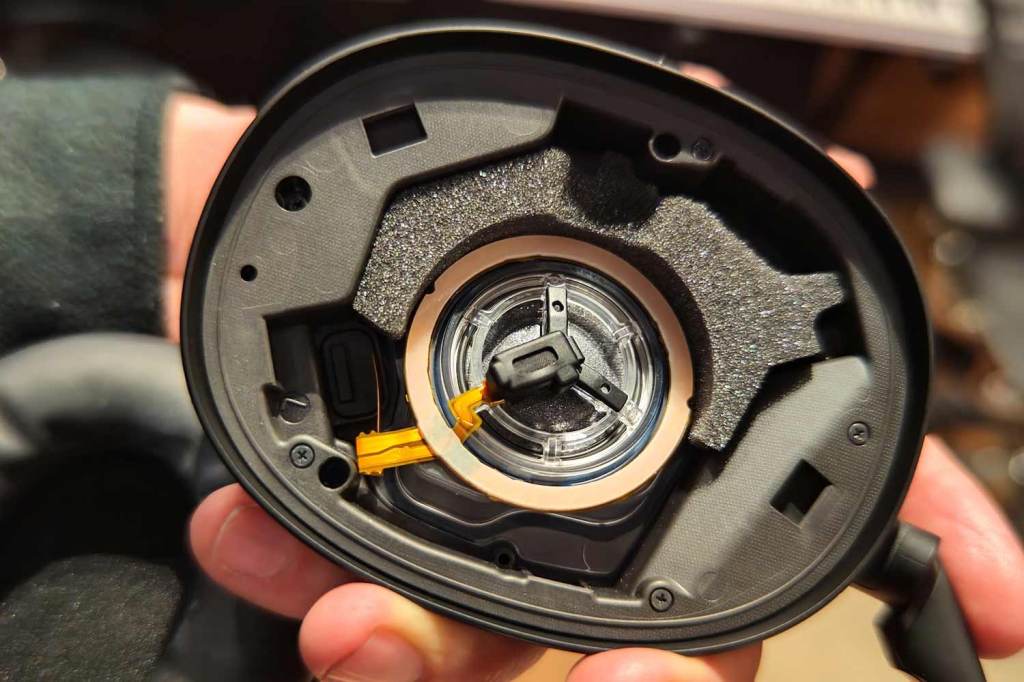
On that note, Sony’s noise cancelling has long been among the best — and the XM6 pushes things further. The jump from eight microphones to 12 (six per earcup) gives the system more data to work with, and it’s all handled by the new QN3 noise-cancelling processor, combined with a powerful, all-new algorithm. According to Sony, it’s seven times faster than the QN1 chip used in the XM5, enabling more responsive real-time adjustments to changing environments. But it’s not just about the hardware.
Takamura explained how the new algorithm adapts not just to background noise, but also to head shape and air pressure — crucial for keeping ANC consistent in different situations. Still, he acknowledged the trade-offs. “There’s always a small difference between sound with ANC on and off — but we tried to keep it as small as possible.”
In testing, the WH-1000XM6 delivered one of the most effective ANC performances I’ve used. On a flight, engine noise faded to near silence. In a busy home office, keyboard clacks and fan hum dropped to a distant murmur. Even without music playing, the XM6 created a noticeably quieter bubble — and once audio kicks in, external distractions all but vanish.
The ambient mode (Sony’s take on transparency) has been improved too. It now adjusts automatically based on surroundings — opening up more in quiet spaces, pulling back in louder ones — with no need for manual tweaks.
Some power users may lament the lack of customisable ANC controls regardless, and I totally get that. For me, I have zero complaints about the ANC autopilot in the WH-1000XM6. Though I wouldn’t mind seeing a future app update with customisation options. Power to the people, and all that.
Nips and tucks
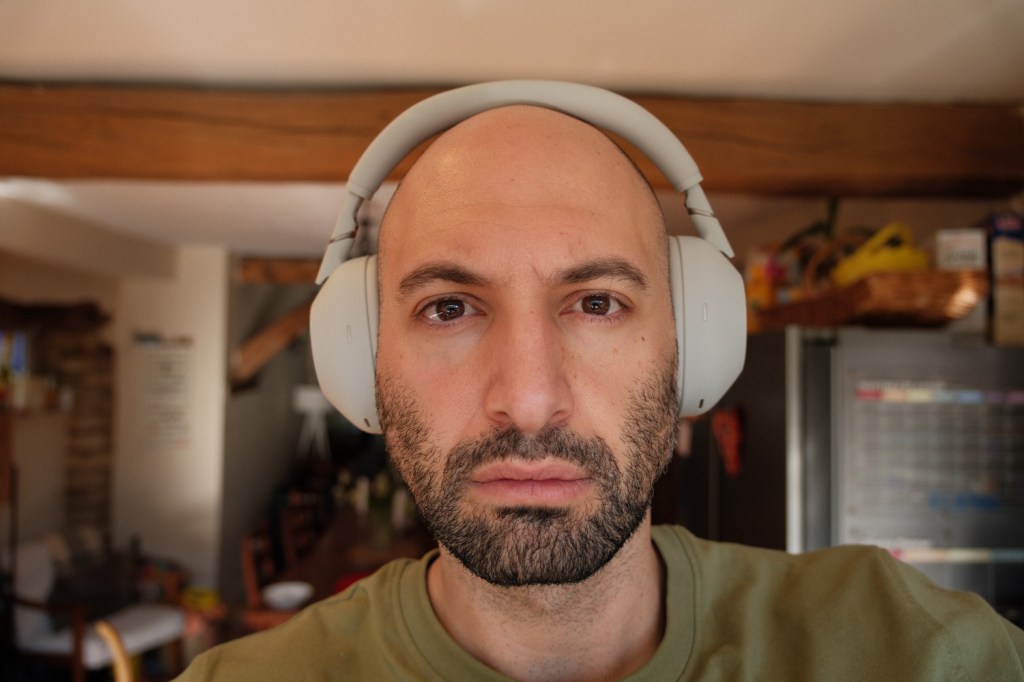
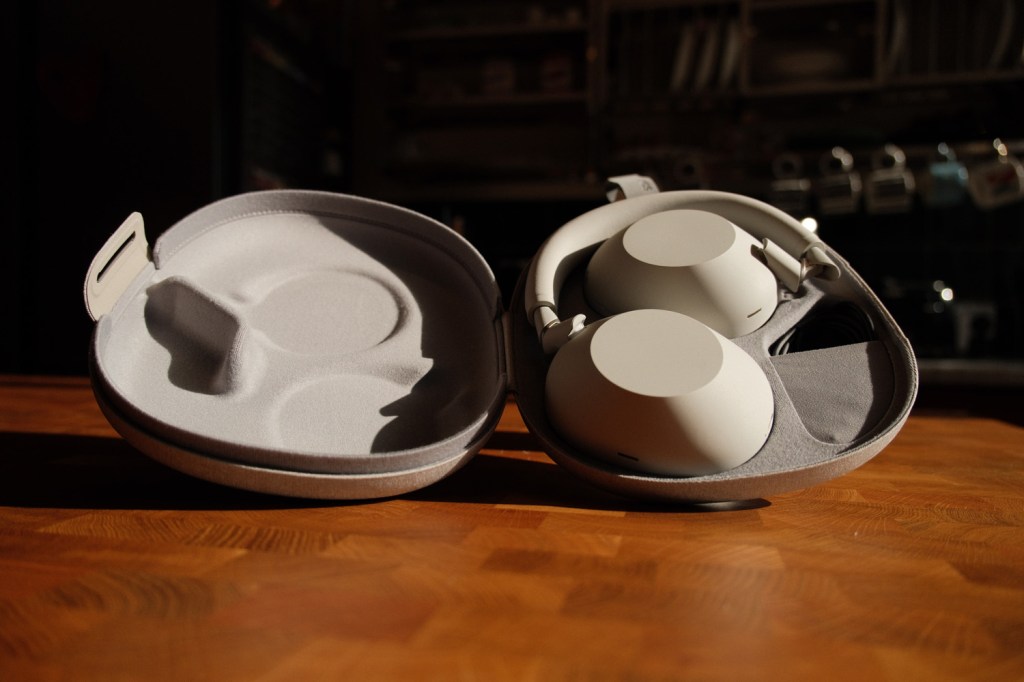
While not a million miles away from the design of the XM5, there are some notable changes in the XM6 which, according to Sony designerChai Yee L., was led by a mixture of user feedback and stubborn attention to detail. “We call it evolutionary, not revolutionary,” she said, “but each change solves a specific problem.”
One example, is the headband. On the XM5, it was perfectly symmetrical — sleek, but occasionally confusing. “Some users wore them the wrong way round,” she admitted. “That affects the seal, and sound quality. So the new headband is slightly asymmetrical, with a seam at the back to help you identify the correct orientation by feel.”
Even the way the headphones fold was rethought. “We brought back the folding design because people missed it,” she said. “But we also reworked the hinge. There’s less swing, more stiffness, a straighter profile. We wanted to reduce what we call the ‘Mickey Mouse effect’ — that triangular gap between the earcup and the head.”
The carry case, too, has had a rethink — prompted by Sony’s Inclusive Design Workshop in 2024. “The old zip was hard for some people to use. Now it’s a magnetic flap. You can open it with one hand.”
Other small but considered changes include a redesigned power button (to avoid accidental presses), softer synthetic leather pads, and increased clamping force for better ANC performance. “You can now wear it around your neck with closed cups too,” she added. “We wanted it to look and feel more portable.”
Sony WH-1000XM6: the best headphones for most people
If someone were to ask me what headphones they should get, I’d point them in the direction of the WH-1000XM6 without hesitation — budget permitting, of course. They aren’t exactly cheap.
But if you’re after a single pair of headphones for every conceivable task, and are willing to spend a premium, you won’t be disappointed. And as for the inevitable XM7? I’m looking forward to what Sony’s engineers and designers will cook up over the next few years.



